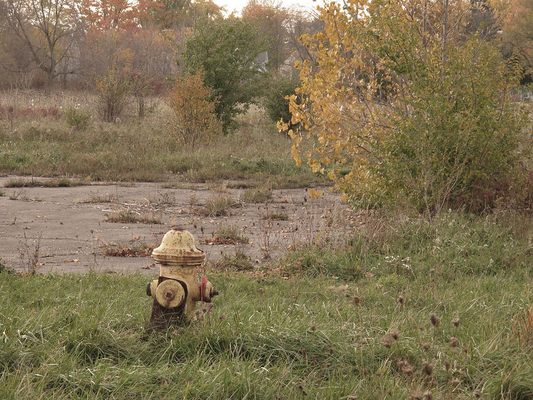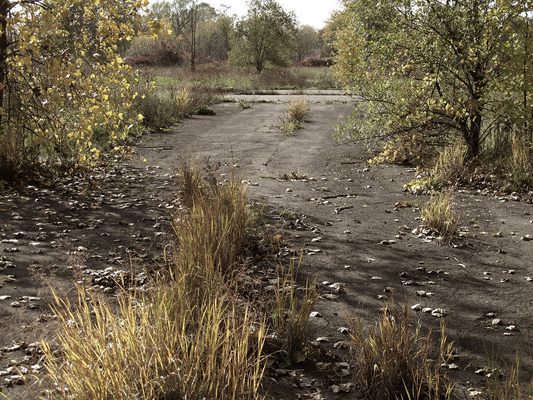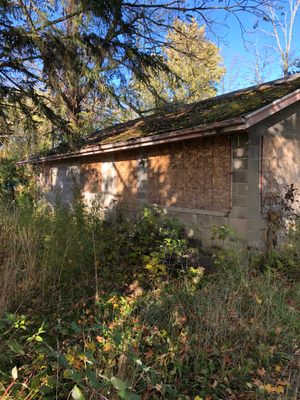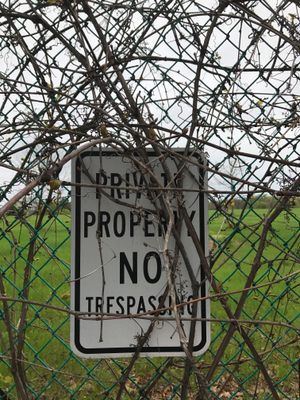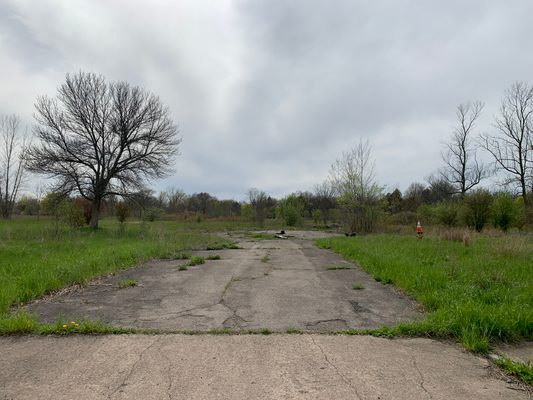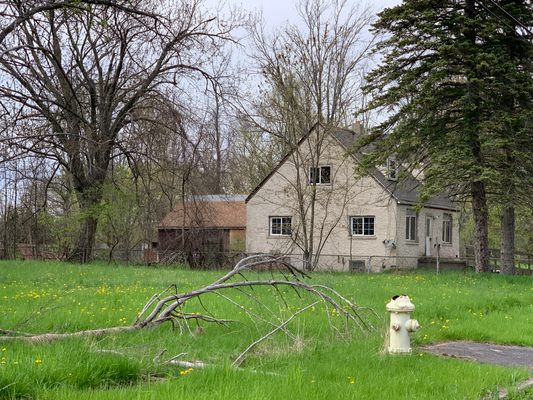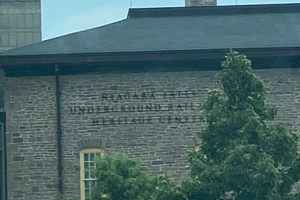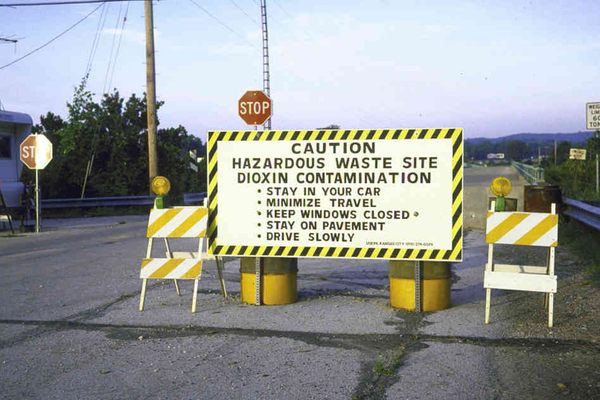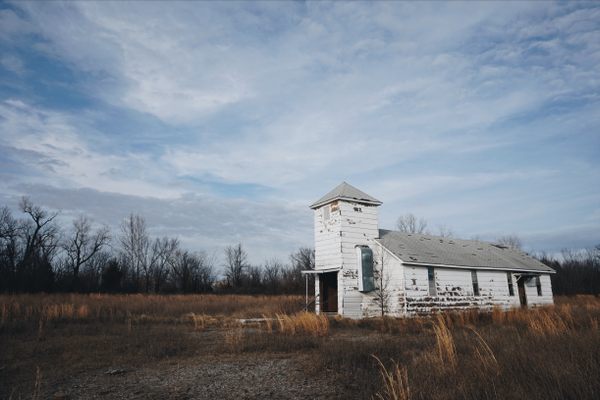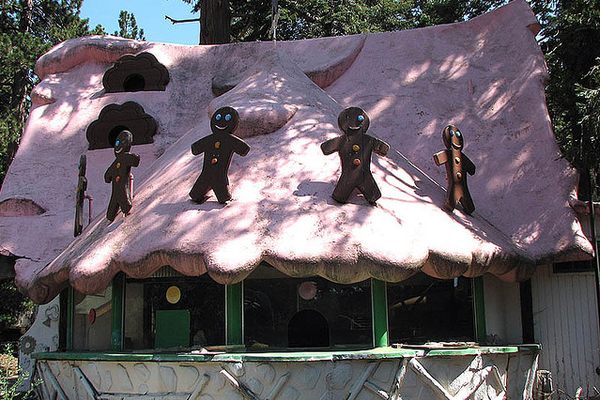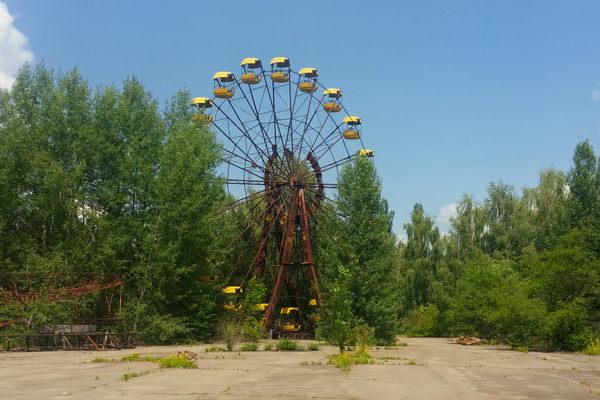About
"Corroding waste-disposal drums could be seen breaking up through the grounds of backyards. Trees and gardens were turning black and dying. One entire swimming pool had been popped up from its foundation, afloat now on a small sea of chemicals. Puddles of noxious substances were pointed out to me by the residents. Some of these puddles were in their yards, some were in their basements, others yet were on the school grounds. Everywhere the air had a faint, choking smell. Children returned from play with burns on their hands and faces."
Such was the account given by Region 2 EPA administrator Eckhardt C. Beck upon returning from a visit to Love Canal, a neighborhood in Niagara Falls, New York. The town became the subject of national and international attention, eventual environmental notoriety, and controversy following the discovery that the idyllic town sat atop 21,000 tons of toxic waste that had been buried beneath the neighborhood by Hooker Chemical..
In 1953, Hooker Chemical sold its former chemical dumpsite, located in an abandoned canal named for its commissioner, William T. Love, to the Niagara Falls City School District for the price of $1. The transaction included a 17-line disclaimer detailing the nature of the canal's prior usage, absolving Hooker Chemical of any liability for future problems related to the presence of industrial waste, and advising that the area be sealed off, "so as to prevent the possibility of persons or animals coming in contact with the dumped materials." The school district, desperate to accommodate the area's growing population, ignored the implications and began construction on a new school in 1954.
Drums of toxic waste were discovered almost immediately, prompting the school district to move the proposed school site by roughly 80 feet. In 1955, the same year the school opened, more chemical waste drums were exposed, their appearance foreshadowing the crisis to come. Despite these early warning signs, the City of Niagara Falls continued to build on the abandoned waste site for the next several years, constructing another school, a sewer system, and eventually selling the remaining land to developers to build homes. Construction activities further compromised the dump's limited containment measures and allowed chemical waste to be carried away by rainwater.
While residents of the town reported finding strangely-colored puddles in their basements following rainstorms, no one seemed to suspect the dire nature of the town's situation. It wasn't until 1978 when a survey conducted by reporters from the Niagara Falls Gazette revealed abnormally high incidences of birth defects among Love Canal residents. A subsequent investigation found that a full 56% of the children born in Love Canal between 1974 and 1978 suffered from at least one birth defect, and anecdotal evidence suggests that others developed health problems upon entering school. A 1979 investigation by the EPA found that 33% of the population suffered from chromosomal damage, compared to the usual 1%. The town was declared a federal health emergency in 1978, and over 800 families were ultimately relocated and compensated for their homes.
Today, the site is like many superfund/brownfield sites: A large grassy field surrounded by a barbed-wire fence. Most of the houses in this neighborhood were demolished, although a few residents chose to stay (and these few still live there, against better judgment). The neighborhood is approximately a square mile of empty driveways, streetlights, fire hydrants, and foundations. Block after block is overgrown with thirty years' worth of vegetation, and ironically, wildlife has returned to thrive on the site of one of the worst environmental catastrophes in American history. It's an eerie neighborhood, and a picture of what our cities would look like if people left entirely.
The Love Canal disaster prompted to the U.S. Congress to pass the Comprehensive Environmental Response, Compensation, and Liability Act (CERCLA), commonly known as the Superfund Act, which provides funding and authorization for the EPA to clean up critically polluted sites and hold the responsible parties accountable. Currently the program continues to tackle problems of industrial pollutants and environmental crimes around the world.
Related Tags
Know Before You Go
Love Canal covers 36 square blocks in the far southeastern corner of the city, along 99th Street and Read Avenue.
Community Contributors
Published
June 12, 2011
Sources
- http://education.nationalgeographic.com/education/news/superfund/?ar_a=1
- http://www.nytimes.com/2013/11/25/booming/love-canal-and-its-mixed-legacy.html?pagewanted=all
- http://www.slate.com/articles/health_and_science/medical_examiner/2013/08/love_canal_killed_how_many_people_cancer_risk_from_environmental_pollution.html





